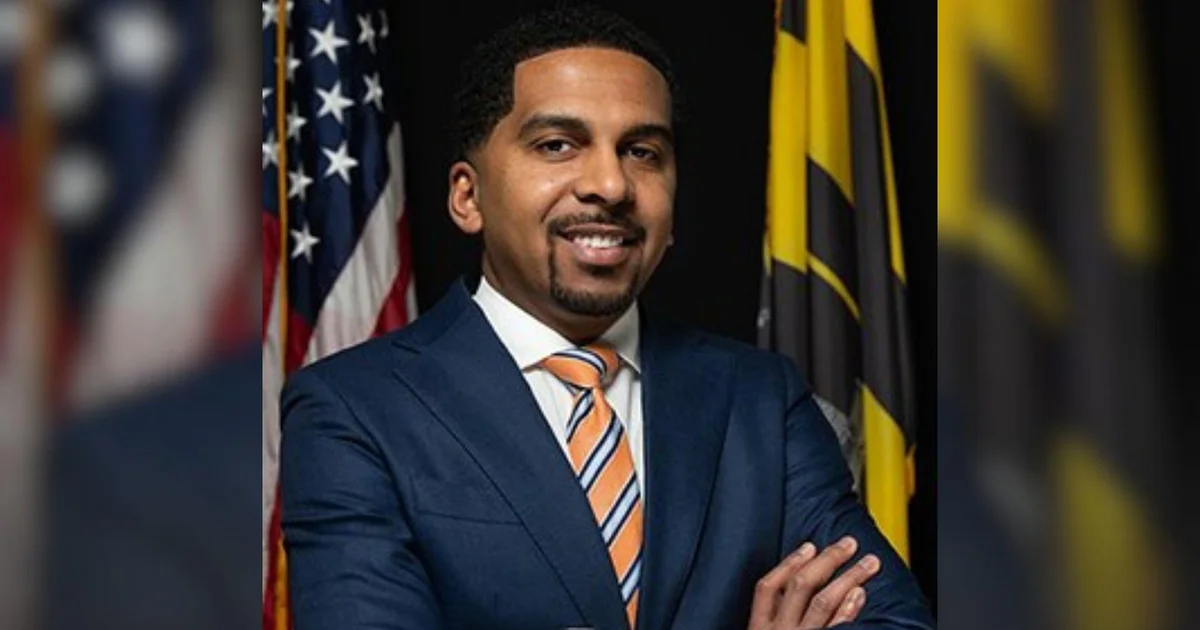Copyright deccanchronicle

HYDERABAD: The Delhi High Court has ruled that no law student should be barred from examinations solely because of attendance shortage, holding that rigid enforcement of attendance norms could cause severe mental distress. The verdict, delivered on November 3, stemmed from the 2016 suicide of Amity Law School student Sushant Rohilla and directed the Bar Council of India (BCI) to reconsider its Legal Education Rules, 2008, which prescribe 70 per cent mandatory attendance. The court said any shortfall should attract only minor grade penalties up to five per cent marks or 0.33 in CGPA without academic exclusion.Calling the ruling a “corrective step” in legal education, Supreme Court lawyer Aditya Kashyap said its essence lies in safeguarding mental health while upholding academic discipline. “Institutions must balance attendance with actual learning through internships and legal aid work. The decision reflects Article 21’s broader guarantee of life and psychological wellbeing. Good lawyers are shaped by meaningful education, not mechanical attendance,” he said. Student bodies across Hyderabad hailed the ruling as overdue. Vemula Ramakrishna of the BC Students Association said many law students come from poor families and balance work with studies. “Strict attendance rules punish them for their circumstances. Telangana High Court should also take this up suo motu and extend it to all educational institutions,” he said. Ramakrishna added that students from rural or single-parent homes often skip classes out of humiliation over unpaid fees. Law colleges in Hyderabad continue to enforce tough attendance regimes. NALSAR mandates 75 per cent per course, while Osmania University and its affiliates maintain the same threshold, permitting only a 10 per cent condonation on medical grounds. Students falling short are detained and must seek readmission. In 2012, Osmania barred nearly 30,000 students from exams over attendance shortage a move the Telangana High Court upheld. Attendance rigidity persists in other professional streams, with engineering and medical councils insisting on 75 to 80 per cent attendance and linking scholarships to compliance. The Delhi High Court’s ruling contrasts sharply with Telangana’s tightening stance. The education department recently introduced facial recognition-based attendance tracking in junior colleges, calling it a measure to “raise standards.” The Delhi judgment discourages such surveillance, instead promoting grievance redressal cells, counselling, and humane academic evaluation. Educationists say the verdict marks a turning point. While earlier judgments from Bombay and Telangana High Courts favoured strict enforcement, the latest ruling redefines the boundary between regulation and compassion. As Kashyap observed, “Courts can guide, but reform depends on universities and regulators. It’s time the executive took responsibility.”



